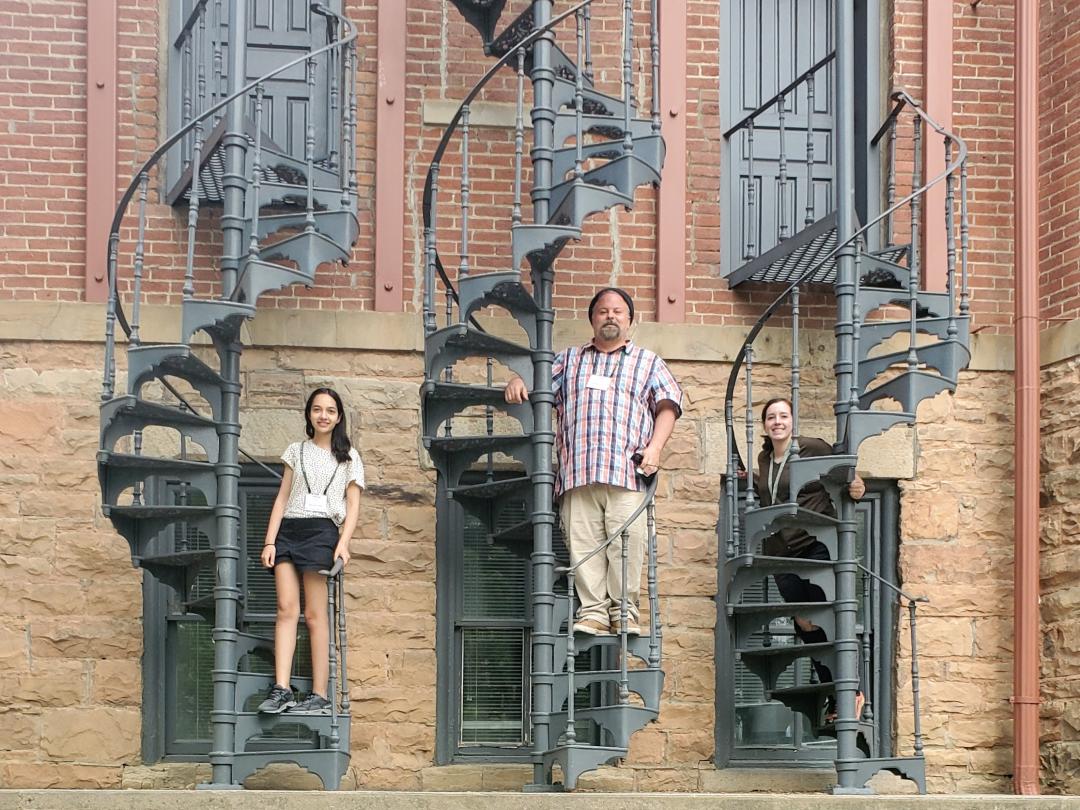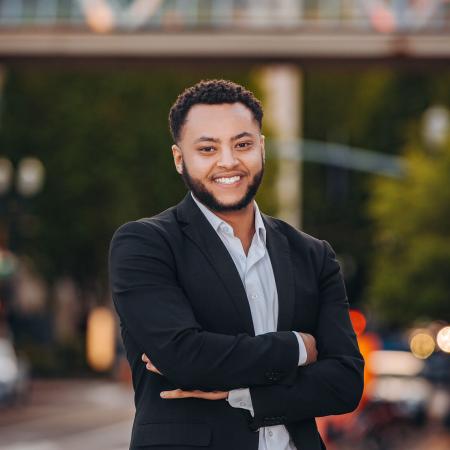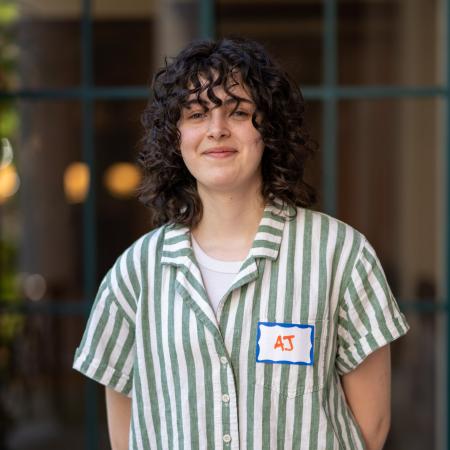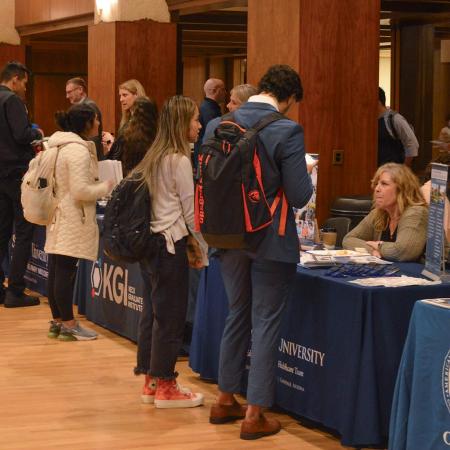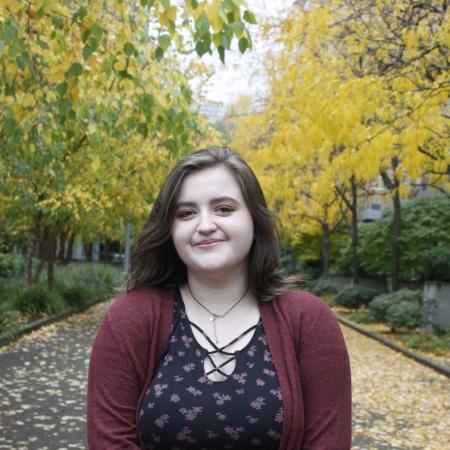Goldwater scholar and graduating senior Alyssa Pratt has always had a love for the sciences. She started with a love for the stars and now spends her day in the cyberspace realm with her double major in computer science and biochemistry and molecular biology at Oregon State University.
“I really liked the idea of being behind the scenes and making things happen,” she said.
During late middle school and early high school, Pratt’s love for biology grew exponentially. She was taking classes that fueled her interests in the lowest levels of biology.
Pratt soon landed herself in the Extreme Virus lab at Portland State University the summer before her junior year in high school. She calls this lab the defining moment of her current path. During this summer internship, Pratt was working with environmental DNA to research cruciviruses, small DNA viruses that are likely the result of a DNA-RNA hybridization event. She continued working with the lab over the course of her senior year and began looking into what a computational biology lab at Oregon State looks like.
It was also during this internship that Pratt met some of her biggest influences. Her mentors at this lab were supportive in teaching her about the field, encouraged her to see herself as a scientist and helped Pratt come to the decision to pursue a Ph.D.


